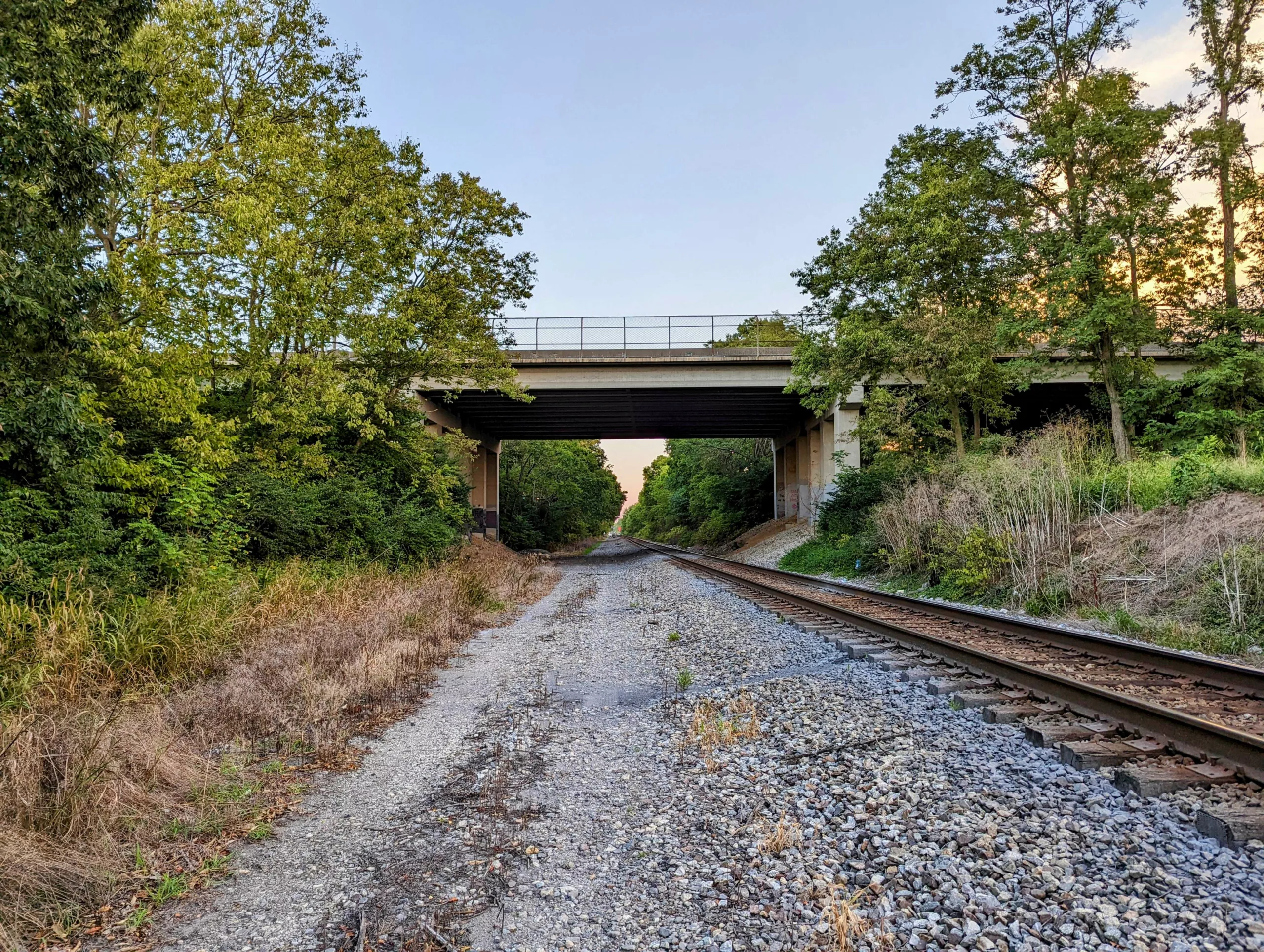Invisible No More: A firsthand account of surveying Lexington’s homeless population

by Paul Oliva
Note: Identifying features of individuals and locations have been changed to protect the vulnerable.
LEXINGTON, KY — Teams of volunteers hit the streets in Lexington on Wednesday, armed with clipboards and compassion, to administer a comprehensive survey under the aegis of local nonprofits. With winter fast approaching, this initiative is aimed at understanding and addressing the diverse needs of Lexington’s homeless population. While the data is still being compiled for release next month, the experiences gathered during this survey offer profound, often unsettling insights into the lives of some of the city’s most marginalized residents.
In the parking lot of a Northside shopping center, two men, once homeless, spoke with a mix of relief and wariness. Each having found housing now, they were not eligible to be surveyed, but accepted a sack lunch offered by volunteers. Just a few yards away, in the woods behind the shopping center, an encampment appeared deserted but for a lone canine sentinel, suggesting that the site was still actively used. A team member notched a tally mark on his clipboard.
An expansive supermarket parking lot turned up no interviewees, but a visit to a nearby fast-food and retail hub was more revealing. There, a man, visibly intoxicated but surprisingly cheerful, loitered in a wheelchair. When asked about his situation, he grinned painfully, “They evicted me,” offering no further explanation. His demeanor, though soaked in alcohol, was an odd mix of despair and resignation.
One individual who declined our survey was a man from New Orleans, donning a tie-dye shirt and radiating the peaceful aura of an old hippie. With a carefree smile, he explained he was just passing through Lexington. A train hopper by choice, he nostalgically mentioned that Lexington’s railyards were no longer what they used to be. He happily accepted a sack lunch. Despite his transient nature, he offered a vivid reminder that the tapestry of homelessness is as diverse as the colors on his shirt—each hue representing different origins, choices, and circumstances.
Another man near a major intersection was practically waiting for us. Having seen news coverage about the survey, he seemed relieved to be counted. “Lack of money, and drugs don’t help,” he lamented, before directing us to some friends near a liquor store.
Contrary to common portrayals, the people my team and I encountered were far from the stigmatized images often depicted in media. Rather than appearing dangerous or unhinged, most seemed subdued, even polite, with just a single individual displaying overt signs of intoxication.
Something that truly stood out were the quick connections forged by a teammate who himself had experienced homelessness for three years in Lexington. Initially, his insistence on displaying an old shelter ID card to interviewees seemed like overkill. But as he delved into shared frustrations about specific police officers and tips on surviving the streets, it was evident that his past gave him a unique rapport with our interviewees.
One of the most poignant encounters occurred near an isolated stretch of railroad tracks. A man, just released from a months-long hospital stint for cancer, returned to find his world shattered—his makeshift home destroyed. He was understandably bitter, particularly towards local law enforcement who had treated him inconsistently at best and downright cruelly at worst. Found again later near a fast-food restaurant, he seemed chatty, almost starved for conversation. It dawned on me that he was probably walking those tracks searching for his lost friends. His experience served as a somber reminder that behind every number in next month’s survey results is a complex human story, lonely and often heartbreaking.
As this survey moves from the field to the analysts’ desks, these interviews serve not only as data points but also as a tapestry of human stories. These stories are intricate, frequently heartbreaking, and at odds with preconceived notions about homelessness. With the winter months looming large, the hope is that these experiences will galvanize not just targeted assistance but also broader community empathy and action.
The survey was conducted by local nonprofits including the Catholic Action Center. As of April 2017, the Catholic Action is a 24HR operation. In addition to daytime shelter, the Catholic Action Center offers overnight shelter all in one location: 1055 Industry Road. Volunteers are the heart and soul of the center. Helping hands and caring hearts are always welcome in preparing and serving meals, sorting donations, and being part of the ministry of presence to the marginalized and homeless of our community.
Please prayerfully consider donating to the new Catholic Action Center. All donations are tax deductible & every dollar is directly giving life, dignity, food & shelter to those who Jesus named the “least of my people”.
Donations to the Catholic Action Center can be made here.
Photo by The Lexington Times
Recommended Posts

Trump’s sentencing on felony convictions indefinitely postponed following election win
Fri, November 22, 2024

Trump still has not signed critical transition agreements allowing access to agencies
Fri, November 22, 2024

Congress urged to pass protections for kids using the internet
Fri, November 22, 2024